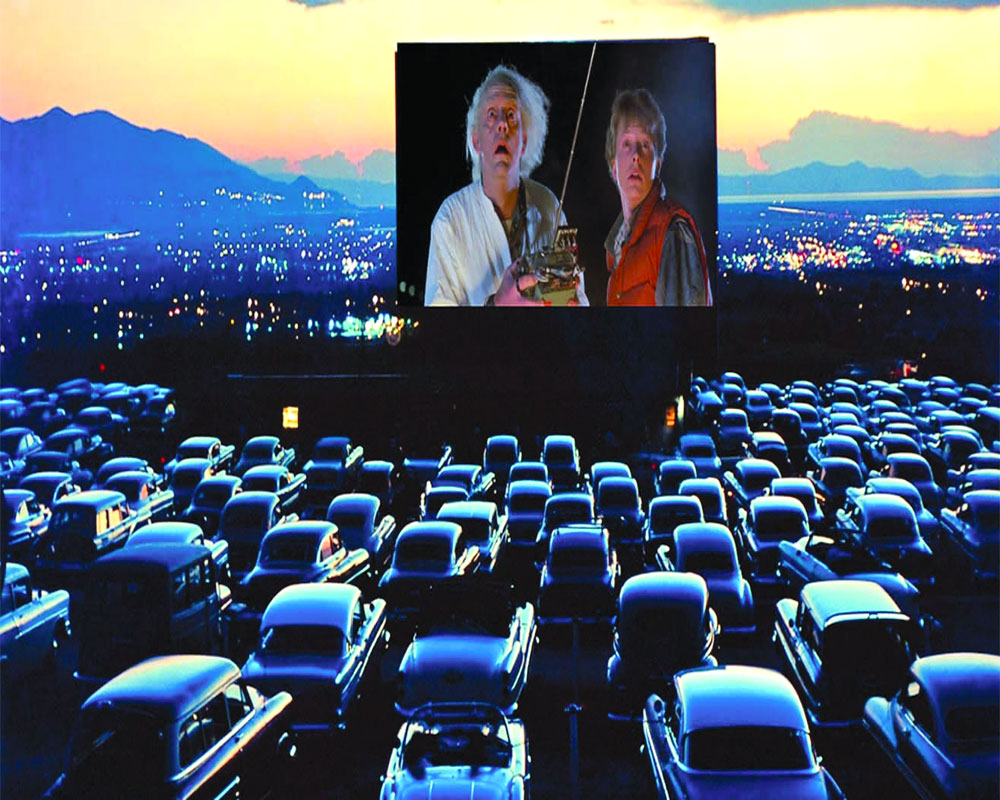Rachna Agarwal ideates on changes the post-pandemic world’s entertainment sector can adopt to ensure the health of its patrons while retaining the joy of an outing
Over the past year, we have invariably seen the decline of the entertainment real estate industry due to the pandemic. As people are turning to the internet to help fill the void, OTT platforms are booming, and theatres and cinema halls have been left abandoned, grim and desolate. All other service sectors like salons and restaurants are opening up, but entertainment zones remain at the bottom of the list, given the crowds that throng these places, leaving them jam-packed and gasping for air.
Industry experts have been trying to put together new rules for theatres that help offset the adverse effect of the pandemic by distancing people through strategic and well-planned seating. One or two seats left between each occupied seat compel people to stay at a distance. However, when families go out to entertain, their sole purpose is to spend time together instead of being alienated, thereby failing the distancing approach. Entertainment spaces are social areas and a system that tries to separate people becomes the antithesis of its typology. Moreover, ailments similar to COVID-19 in the years to come will remain highly infectious and airborne. So, if one needs to rethink entertainment design, one needs to go way beyond this basic concept.
Bearing in mind the collapse and turmoil caused by the malady in entertainment industries, one can’t expect a sweeping upgrade in these spaces at the moment. Therefore, allotting more area per person is not an option, as it has substantial cost repercussions. How, then, can one stay in the domain of cost-effectiveness and yet keep the spaces safe during these unprecedented times?
When we think of virus transmission, the first thing that comes to our mind is the spread caused by coming in close contact with someone or touching surfaces which have been in contact with someone else who was infected. A practical solution to keep surfaces touch-free and uncontaminated is automation. Sensors and automation technology must be integrated within every micro-system, allowing people to move through doors and carry out mundane tasks without having to lay a finger on any object. One such example is washrooms. When we open the door to a restroom, we need to press the push-plate that has also been touched by many others, making it a virus hotspot. A door that senses you and opens on its own and sanitary fixtures that can function with the wave of a hand can dramatically reduce virus transmission and enable hygienic safety to a large extent.
Nonetheless, some surfaces like seating upholstery or carpets can’t be left untouched. To optimise their hygiene value, we need to become mindful of the specifications of the materials we use. Stainless steel was considered a hero material for clean, hygienic spaces, employed everywhere from small door handles to bulkier furniture pieces. The most sought-after metal has now ironically become one of the least preferable ones, quickly being replaced by alternatives to avoid creating habitable surfaces for the virus. Swinging away from steel surfaces and carpet materials that are a breeding ground for biological entities, we need to shift our focus towards materials like Flotex, which have a high surface tension, making it difficult to absorb any particles. An alternative is utilising surfaces that can be sanitised in a jiffy at regular intervals. Laminate companies are already leading in the race with newer technologies that enable such safe resources.
The air in urban cities was previously chock-full with pollutants, and the influx of the virus added to the problems, making it much worse. Air purification systems which regulate the PM level of air are now passé; we must upgrade to technologies that can eliminate biological aerosol contents from the air. Air conditioning will become a crucial element since controlling the viral load suspended in these enclosed spaces is tricky when people spend several hours inside the room. Owing to several hazardous accidents that have occurred in the past, the fire safety certification has become a compulsion for all buildings to ensure public safety. The recent turn of events will bring in a ‘new norm’ wherein air quality certification will be required to gain people’s confidence and trust.
Perhaps, a technology that can accommodate social interaction as well as social distancing within the same realm, is a ‘bubble’ or ‘pod system’ that can be installed for families to spend some leisure time while remaining confined within their micro-environments. Similar to this concept is the idea of a drive-in cinema from yesteryear that has begun trending again. But it does not come without cons, as these cinemas take up ample area and only function in a limited capacity for a limited number of hours during the day.
Another way to relook entertainment design is to change how we perceive these spaces. In the prosaic model, we are accustomed to enclosed rooms that are glammed-up with artificial mood lighting. Breaking this conventional style, lobbies can be redesigned into porous structures that open up to the outside world, allowing breeze and sunlight to wash the interiors. It ultimately boils down to people’s choice — whether they prefer open, airy spaces or enclosed ones.
While the world is struggling to release itself from the clasps of the pandemic, people are trying to find newer ways to go out, interact and redeem the lifestyles they had in the pre-pandemic times. While eradicating the deadly disease stays a far-fetched dream, there will be innovations and ideas galore to restore our entertainment spaces to their livened-up state, bustling with people and energy that once offered us some recreational pleasures...
(The spokesperson is founder and design ideator of an award-winning architectural and interior design firm.)
























